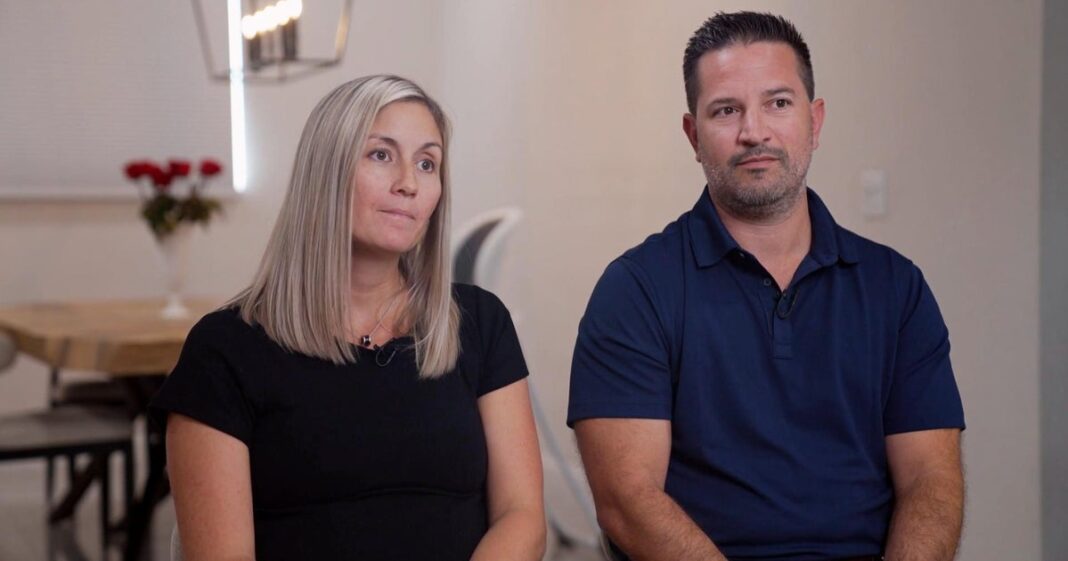After two years of trying to get pregnant, Maggie Quinn and Ricardo Escobar faced a financial obstacle they hadn’t expected: the cost of in vitro fertilization in the United States.
“It was astronomical, and you don’t know how many rounds you’re going to need,” Quinn said.
With limited insurance coverage, the Florida couple started researching what’s known as “fertility tourism,” where patients travel abroad for more affordable fertility care.
Ricardo, who is originally from Colombia, found a clinic in the country’s capital of Bogota offering a dramatic price difference—a package of four IVF rounds in Colombia for $11,000 compared to around $60,000 for four rounds in the U.S. Medication costs were also less than half of those in the U.S.
“It’s a no-brainer, especially because I’m from there,” Escobar said. “We found that the clinic had an excellent rating and really good results.”
At the clinic, called Inser, the couple met with Dr. Juan Luis Giraldo, who treats patients from around the world. He said nearly half of his clients come from outside Colombia, and about 15% are from the United States.
“From the U.S., they mainly come for two things,” Giraldo said. “The first is cost, and the second is personalized treatment. It’s really common that patients there feel they don’t have a close relationship with their doctor.”
The couple made several trips to Colombia, where their first IVF round produced four viable embryos. After multiple embryo transfers, Quinn became pregnant and gave birth to their son, Lorenzo, in 2023. They returned the following year for another round and are now expecting again.
Quinn estimates they saved between $15,000 and $20,000 per round. Her flexible work schedule made the travel possible, and some bloodwork and ultrasounds were completed in Florida.
Dr. Sangita Jindal, with the American Society of Reproductive Medicine, advises Americans pursuing fertility treatment abroad to carefully review local laws.
“I would want to know that there is a flexible legal framework that would allow me to bring my embryos back to the U.S. for transfer to my uterus,” Jindal said. “Some countries may have prohibitive laws around that.”
The global fertility-tourism market has grown by more than $50 million in the past year and is projected to reach $800 million by 2030.
For Quinn and Escobar, who became pregnant again after two rounds of IVF, the journey has been more emotional.
“It’s a blessing, really,” Escobar said. “Being able to have the first one, and then being able to give our first boy a brother is, is just a blessing.”


